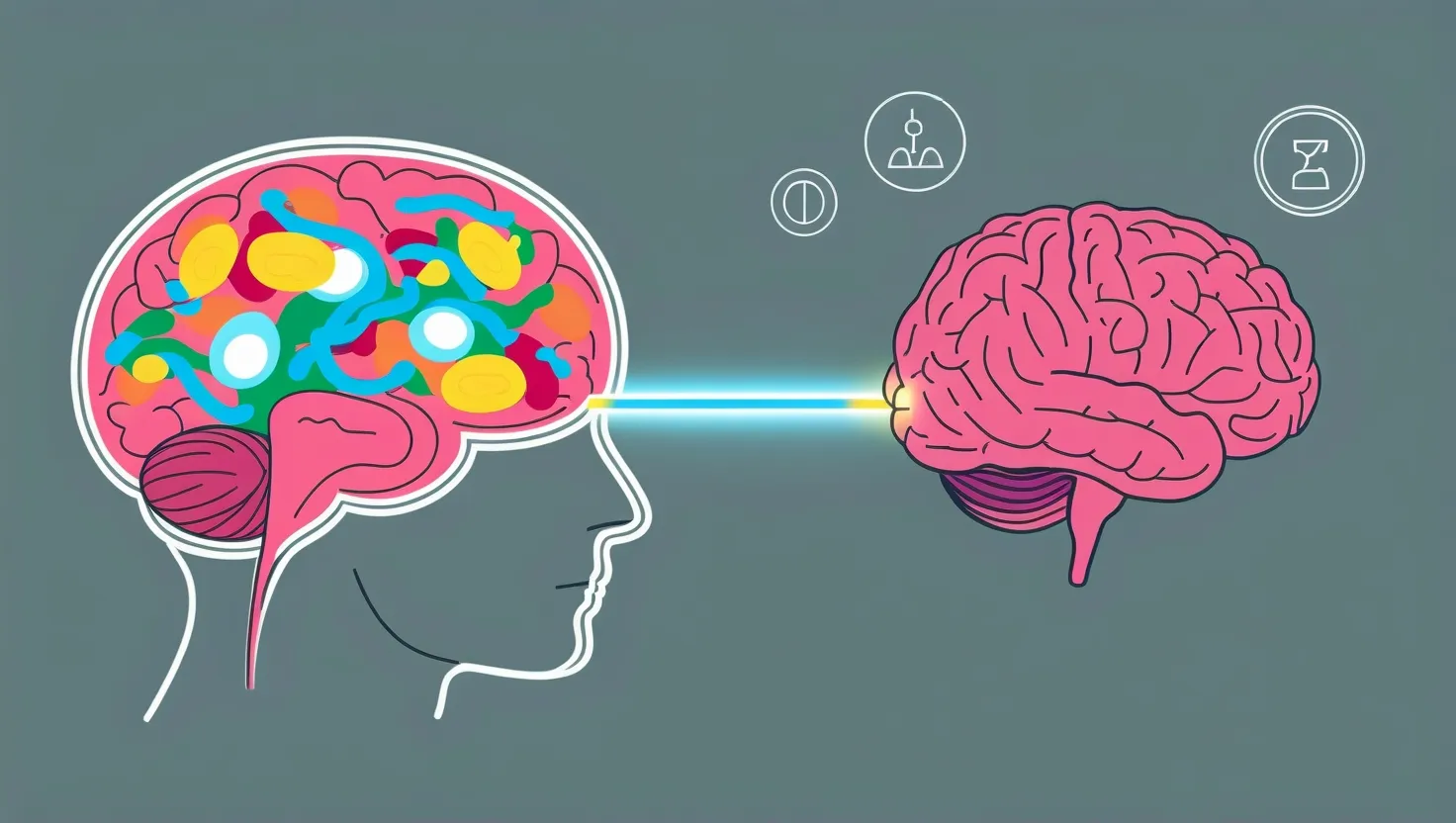Imagine a world where every decision you make, whether it’s what to have for lunch or which career path to take, is part of a larger, intricate pattern. This concept is rooted in the idea of fractals, where self-similar patterns repeat at different scales. Applying this to decision-making can revolutionize how you navigate life’s complexities.
Understanding Fractals in Decision-Making
Fractals are more than just visually appealing patterns; they represent a fundamental way in which nature and human behavior can be understood. In the context of decision-making, fractals suggest that the structure of your decisions is consistent across various scales. This means that the way you decide on small, everyday things can mirror how you approach larger, more significant decisions.
For instance, if you tend to overthink and analyze every detail when choosing what to eat for lunch, you might find that you adopt a similar approach when making major career decisions. Recognizing these patterns can help you understand your decision-making style more deeply and make adjustments to improve it.
The Brain’s Fractal Processing
Research has shown that the human brain processes information in a way that can be described as fractal. Studies on visual perception, for example, indicate that the brain uses different resources to process hierarchical patterns, similar to those found in fractals. This suggests that our cognitive processes are inherently fractal in nature, making it natural to apply fractal thinking to our decision-making processes[2].
When you start to see your decisions as part of a fractal pattern, you begin to notice recurring themes. For example, if you often find yourself procrastinating on small tasks, you might also procrastinate on larger projects. Identifying these themes allows you to address the root causes of your decision-making habits, rather than just treating the symptoms.
Practical Applications
In business, fractal decision-making can be particularly powerful. Companies often face complex problems that require granular analysis to identify and solve. For instance, a consumer goods giant might use fractal analytics to identify and alleviate profit margin leakages. By automating data collection and using predictive analytics, they can create a single source of truth for profitability data, which in turn helps in making better decisions across the board[5].
On a personal level, applying fractal thinking can simplify your decision-making process. Instead of treating each decision as a standalone event, you see it as part of a larger pattern. This holistic view helps you make more consistent and informed choices.
Overcoming Methodological Challenges
While the concept of fractal decision-making is compelling, it’s not without its challenges. In fractal analysis, one of the key issues is ensuring that the data used is sufficient and meaningful. For instance, when calculating the fractal dimension of a dataset, having too few data points can lead to incorrect or meaningless results. This highlights the importance of thorough data collection and analysis in any fractal-based approach[3].
In your personal life, this translates to gathering enough information and reflecting on your past decisions to identify the fractal patterns. It’s about recognizing that your small decisions are not isolated events but are connected to your larger decision-making framework.
Integrating Fractal Thinking into Daily Life
To start applying fractal decision-making in your daily life, begin by observing your decision-making patterns. Keep a journal or use an app to track your decisions, no matter how small they seem. Over time, you’ll start to see patterns emerge.
For example, if you notice that you always take the same route to work, it might indicate a preference for routine and predictability. This insight can help you understand how you might approach more significant decisions, such as choosing a new job or moving to a new city.
Enhancing Decision-Making Processes
Fractal decision-making is not just about recognizing patterns; it’s also about refining your decision-making process. By understanding the self-similar nature of your choices, you can develop strategies to improve your overall decision-making.
For instance, if you find that you often overanalyze small decisions, you can practice making quicker, more intuitive choices in low-stakes situations. This can help you build confidence and develop a more balanced approach to decision-making.
Transdisciplinary Approaches
The fractal approach to decision-making also benefits from a transdisciplinary perspective. Projects like FRACTAL, which aim to enhance urban climate resilience, demonstrate how integrating knowledge from various disciplines can lead to more comprehensive and effective solutions. This iterative and cyclical learning process can be applied to personal decision-making as well, where you continuously reflect on and adjust your approach based on new insights and experiences[4].
Conclusion
Seeing your decisions as part of a fractal pattern can transform how you navigate life’s complexities. It’s about recognizing that every choice, no matter how small, contains within it the structure of your entire decision-making philosophy. By understanding and shaping these patterns, you can make more informed, consistent, and effective decisions across all areas of your life.
In this world of fractal decision-making, each choice becomes a microcosm of your entire approach to life, offering insights that ripple through every aspect of your existence. It’s not just about weighing options; it’s about understanding and shaping the very structure of how you make decisions. So, the next time you’re faced with a choice, remember that it’s part of a larger, repeating pattern – and use that insight to make a decision that reflects the best of who you are.





